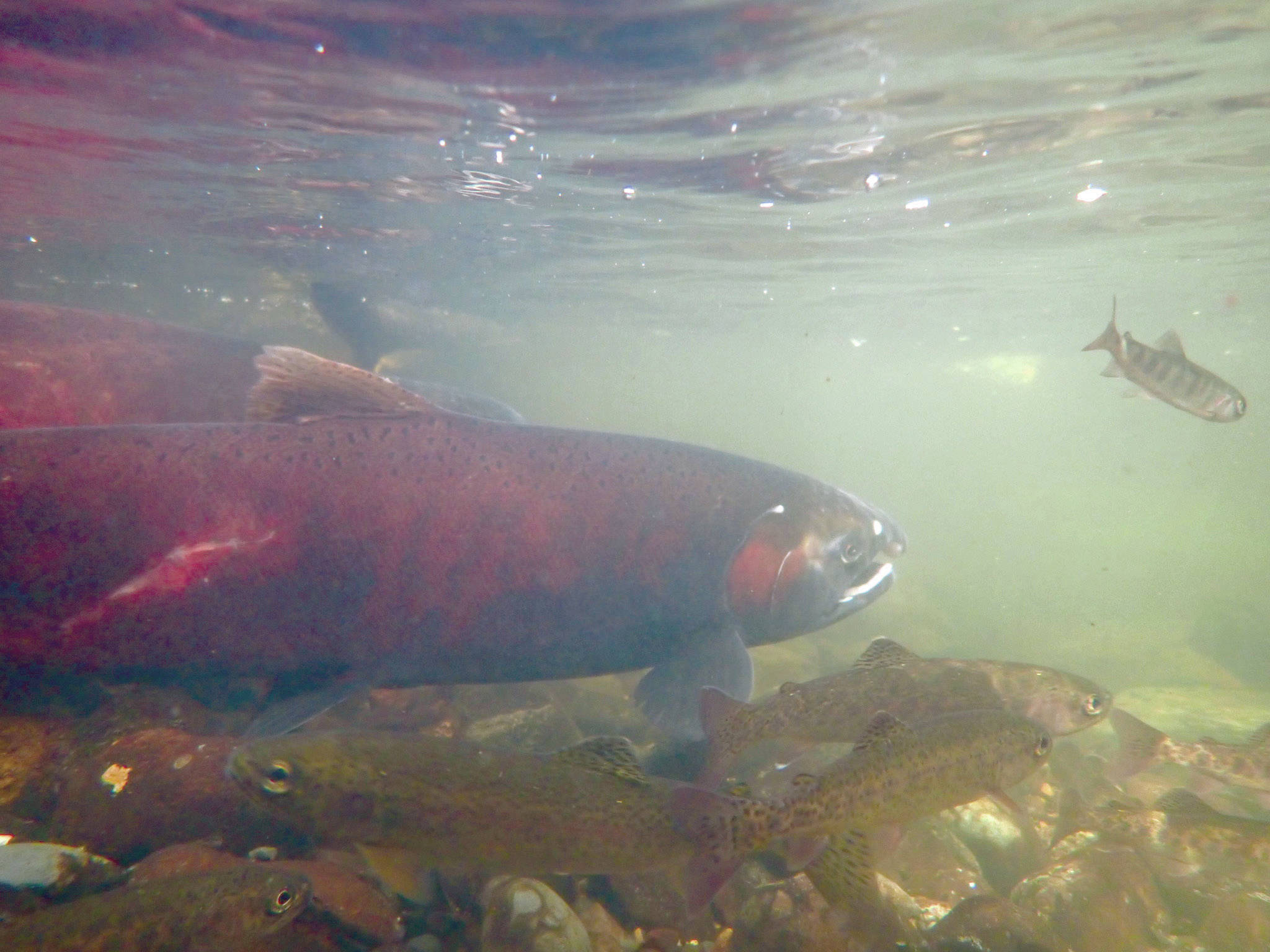Arsenic, though often difficult to detect, is hard to ignore. As the 20th most common element in the Earth’s crust, arsenic occurs naturally in volcanic ash, clay particles, organic material and in many kinds of rocks.
For well over 2,000 years people have known that this naturally occurring, metal-like substance powerfully affects living things. Over our long history of tinkering with it we have come up with many uses for it. Dies, medicines, poisons, pesticides and chemical weapons have all been made from arsenic. Today, it is incorporated into medicines, wood preservatives, electronics and metal alloys.
Medical applications of arsenic date back to Hippocrates, known as the Father of Medicine, who around 370 B.C. treated cancers with creams containing arsenic. Chinese writings from about the same time prescribed arsenicals for growths and parasitic infections.
Over the years, arsenic-containing compounds have been used to treat malaria, syphilis and many other diseases. We still use arsenic-containing drugs to treat heartworms in dogs and in chemotherapy for one kind of leukemia, but arsenic as a medicine has mostly been supplanted by less toxic drugs.
The ancient Greeks were well aware of arsenic’s toxicity, but it was the Romans who preferred it as the poison of choice for secret murders. The emperor Nero, for example, poisoned his stepbrother, Brittanicus, with arsenic.
Much like the fictitious “iocane powder” from “The Princess Bride,” arsenic could be prepared as an odorless, tasteless powder that could be easily hidden in food or drink. Arsenic poisoning caused symptoms like food poisoning or other common ailments so that deaths could not be clearly linked to poisoning.
Partly because there was no way to determine whether a death was caused by arsenic poisoning or not, it remained a popular poison for centuries. Most notoriously, the Medici and Borgia families in Renaissance Italy added arsenic to wine to bump off rivals. Later, it became disturbingly common for a wife to add “inheritance powder” to her husband’s food, making herself an eligible widow.
All this killing motivated chemists to seek ways to test for arsenic. In the 1830s, after failing to solve a suspected arsenic poisoning case using existing methods, Scottish chemist James Marsh developed an improved test for the presence of arsenic.
Later, Marsh’s test successfully detected arsenic in the exhumed remains of Charles Lafarge and in the eggnog given to him by his wife, Marie. In what is considered to be the first trial to include forensic toxicological evidence, Marie Lafarge was found guilty of murder.
Although murders by arsenic do still happen from time to time, most of the modern health concerns with arsenic are from chronic exposure in food and drinking water. In humans, consuming drinking water containing arsenic increases chances of cancers of the skin, lungs, kidneys and liver. It has also been linked with skin lesions, heart disease, diabetes and neurological problems.
As more has been learned about the health problems caused by long-term exposure to arsenic, guidelines have changed. In 1942, the U.S. Public Health Service recommend that drinking water should have arsenic concentrations of less than 50 parts per billion (ppb). For reference, 1 part per billion is comparable to one drop mixed in an Olympic swimming pool. In the early 2000s the EPA set a more stringent standard of a maximum of 10 ppb for public drinking water systems.
Surface water on the Kenai Peninsula typically has very little arsenic, usually less than 1 to 2 ppb. The Swanson River, at 9 ppb, has one of the highest readings of arsenic in our streams. Soils on the western Kenai also tend to have little arsenic.
The bedrock and glacier-deposited materials of the Kenai Peninsula contain naturally occurring arsenic that can and does get into drinking water. On the western Kenai, arsenic concentrations in well water average about 5 to 7 ppb, but they range from less than 1 ppb to 110 ppb and they can vary widely among wells within a single subdivision. This variability is why it is not possible to know how much arsenic is in well water unless it is tested.
Too much arsenic is not only dangerous for humans. It can also be harmful to plants, insects, fish, birds and mammals.
In most plants, damage first shows up in roots, where it is absorbed. Arsenic’s toxicity to insects and rats has long been exploited in arsenical insecticides and rodenticides. Thankfully, because there is little arsenic in soils and surface waters on the Kenai Peninsula, our plants, fish and wildlife should not be taking in much of it.
Some birds, including chickens, can get rid of arsenic quickly, making them less sensitive to arsenic than some other animals.
Strangely, some animals appear to benefit from small amounts of arsenic. Rats, hamsters, chickens, goats and pigs are among the animals that do better with some arsenic than without it. The reasons that arsenic may be beneficial is not well understood, but it appears to have to do with animals’ processing of amino acids.
Unlike rats and hamsters, no amount of arsenic is considered to be beneficial to humans. For this reason it is wise to be aware of arsenic and to avoid consuming too much of this common element.
Matt Bowser serves as Fish and Wildlife Biologist at Kenai National Wildlife Refuge. Find more Refuge Notebook articles (1999–present) at https://www.fws.gov/refuge/Kenai/community/refuge_notebook.html.
By MATT BOWSER
Kenai National Wildlife Refuge

